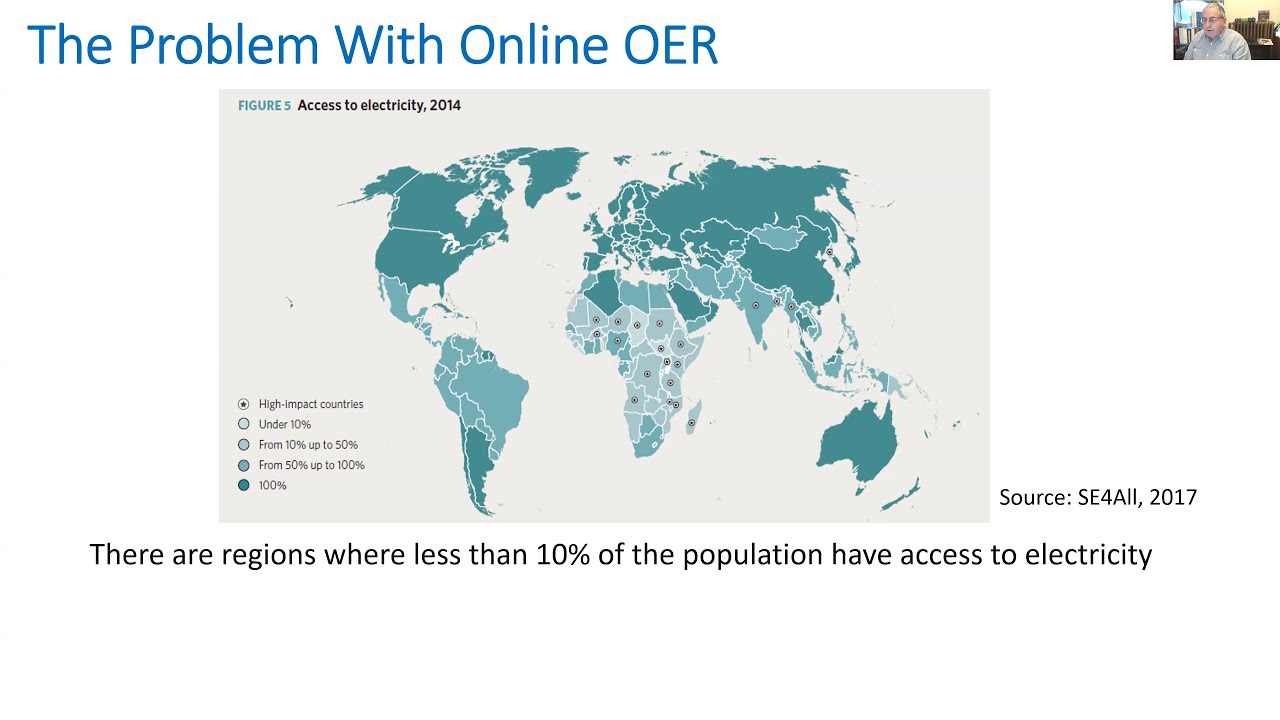Authors: Joshua Halpern, Delmar Larsen
Institution: LibreTexts
Country: United States
Topic: Technologies for Open Education
Sector: Higher Education
UNESCO Area of Focus: Inclusive OER
Session Format: Presentation
Abstract
OER is framed by the 5Rs, the rights to retain, ruse, revise, remix and redistribute, which are rights of creators. Today as we talk about open pedagogy where OER is a principal support of student learning, it becomes clear that 5Rs are not enough, we need to explicitly include rights that support learners. To that end we should include the right to REACH and the right to READ. We must also emphasize making OER creation simple to support contextualization, courses and institutions. All require improving OER accessibility. Limited accessibility can be broadly defined as hinderances making it difficult for learners to use content. As usually discussed limitations on reading has physical causes such as low vision, mental ones such as dyslexia or cultural ones such as often encountered by minorities or immigrants. These have been addressed to an extent by creativity and software but much more is needed. The right to REACH was the original impetus of the movement to OER as the cost of textbooks meant that many students simply did not have access to what is arguably their most used and important educational resource. The COVID disaster has brought home, limited accessibility also means the ability to REACH the material in any form which tells us that OER must be available in multiple formats. The emphasis on the rights of OER creators is quite natural as the concepts were taken by David Wiley from developers of open software. At the beginning of the OER movement, creators, as was the case for open software, were both experts and guides through the thicket of offerings. The ALMs framework points out that simplifying the creation of OER is necessary for it to be broadly adopted, but this is more often honored in the breech because of legacy software and sustainability models underpinning much OER. OER librarians and Referatory builders have taken on the task of guiding users to appropriate OER. To meet their goals OER libraries must coherently integrate the entire curriculum and be easily extendable with new software, distribution channels and, of course, courseware, the last including not only texts but many decorations thereof, including, but not limited to annotations and homework systems. These can be deciding, as textbooks are and have been commercially marketed based on supporting faculty with ancillaries. Meeting all the challenges is difficult and I will argue best done within a centralized system with a uniform format and free universal access. If for no other reason, once software in a centralized system is built to make an improvement in course, it can automatically propagate across the entire library. These are general principles. How they have been applied will be discussed in terms of the LibreTexts project that I am involved in.Keywords
OER, 5Rs, ALMS Framework, Accessibility, OER systems
